#MalaiseEra
Junkyard Find: 1977 Datsun 620 King Cab Truck
The middle 1970s through early 1980s were the Golden Age of small Japanese pickups in the United States, when truck shoppers could choose from various models made by Isuzu, Mazda, Toyota, Mitsubishi, and Nissan. The decade of the 1970s began with Nissan selling the Datsun 521 here and finished just around the time the first Datsun 720s appeared in showrooms, with the workhorse 620 in between and proving a tough competitor for the Toyota Hilux and (Mazda-built) Ford Courier.
This week's Junkyard Find is a much-battered 1977 Datsun 620 King Cab, found in a self-service yard located on the High Plains between Denver and Cheyenne.
Junkyard Find: 1983 Dodge Rampage
Once the Dodge Omni/ Plymouth Horizon, front-wheel-drive econoboxes that began life as Chrysler Europe designs, proved to be strong sellers in North America, Lee Iacocca and his poker buddies decided that a pickup based on the Omnirizon platform would be a fine idea. The result was the Dodge Rampage and its Plymouth-badged sibling, the Scamp. I found one of those cartrucks in a Denver-area wrecking yard a while back.
Rare Rides Icons: The Toyota Cressida Story (Part IV)
We’ve come to the end of our Cressida journey, and the short-lived fourth generation. Conservative and staid as ever, Cressida’s final entry was squeezed out of the lineup from above and below: The crushing weight of Lexus came down upon the late Eighties Cressida shortly after its introduction, while Camry smashed it from below. Put on your Urban Sombrero and let’s go.
Rare Rides Icons: The Toyota Cressida Story (Part III)
Today we find ourselves in the third installment of Toyota Cressida coverage. The first Cressida bowed in 1978 with curvy European styling influences and was a more luxurious take of the Corona Mark II with which North American consumers were already familiar. After a short run from 1978 through 1980, a second-generation Cressida was introduced for ’81. It pursued a much more traditional three-box sedan shape, and looked quite Japanese despite marketing statements about how it was “European looking.”
Under the conservative shape were a number of whiz-bang electronic features, all applied to an interior that was redesigned solely for the American market Cressida. The second Cressida was more successful than the first, and new tech features like electronic fuel injection made it more desirable. After another short model run from 1981 to 1984, it was time for the third generation Cressida. The new one in 1985 was even more conservatively styled than the two that came before it. Say hello to X70.
Rare Rides Icons: The Toyota Cressida Story (Part II)
In Part I of this series we were introduced to Toyota’s Cressida, aka Mark II in almost every other market. A “new” model for the North American market, Cressida picked up where the Corona Mark II left off. The main reason behind the branding change was that Cressida had greater upmarket intentions than the Mark II. When it arrived for 1978 in North America, Cressida wore entirely different styling to its predecessor: Upright, formal shapes replaced the faster-looking curves of the Mark II. The conservative mid-sizer wore a Euro-inspired visage with many Jaguar cues, and the rest of the styling was a mixed bag of American and Japanese flavors.
But the first generation was not long for the world, and after just three model years Toyota released an all-new Cressida. This second edition stuck much closer to Toyota’s typical three-box playbook and added Eighties technology into the bargain. Time for X60.
Rare Rides Icons: The Toyota Cressida Story (Part I)
Our recent Rare Rides Icons coverage of the main quadrant of mid-Eighties Japanese family sedans ( Camry, Accord, Maxima, 626) brought another sedan to mind. Boxy and conservative, it was an upscale offering at a time when Japanese luxury brands simply did not exist. The sedan in question was popular enough for Nissan to target it directly with their Maxima. Presenting the Toyota Cressida, a comfortable luxury experience.
Abandoned History: General Motors' High Technology Engine, and Other CAFE Foibles (Part IV)
We return to the saga of GM’s High Technology engine today, after taking a diesel detour in our last entry. Concurrent in the High Technology engine’s timeline, the Oldsmobile diesel’s failure was quick, but certainly not painless. It put the majority of American consumers off the idea of a passenger car equipped with a diesel engine. And by the time GM pulled the diesel from its various brand lineups, there was a strategy change over in HT4100 land: Not calling the engine HT anymore.
Abandoned History: General Motors' High Technology Engine, and Other CAFE Foibles (Part III)
In today’s edition of Abandoned History, we return once more to the late Seventies engines of General Motors. After the disaster which was the V8-6-4 and the subsequent release of the quite flawed HT4100 V8, we take a sidestep today into diesel. Time for a turn with the cost-cut cast iron Oldsmobile oil burner that accompanied the troubled gasoline engines at GM dealerships across the country.
Junkyard Find: 1980 Datsun 280ZX
Nissan sold the 280ZX version of the famed Z-Car here for the 1979 through 1983 model years, right up to the end of the Datsun era and the start of the “Name Is Nissan” period we’re in today. These cars don’t have the maniacal following of their 240Z/ 260Z/ 280Z predecessors but sold well when new, so I find the 280ZX to be reasonably easy to find in the big California car graveyards I frequent. Here’s a well-equipped ’80 in Alpine White paint, showing off its T-tops in a San Francisco Bay Area yard a few years back.
Rare Rides Icons: The AMC Matador, Medium, Large, and Personal (Part IV)
We finish up our Rare Rides Icons coverage of the AMC Matador today by spending some time abroad. The Matador maintained a few different passports as it donned new branding and nameplates for its various international adventures. And unlike many domestic cars of the period, AMC saw sales success when its midsize arrived in other markets.
Abandoned History: General Motors' High Technology Engine, and Other CAFE Foibles (Part II)
In our last edition of Abandoned History, we covered the years leading up to the release of the Cadillac High Technology V8. Used almost exclusively in 1981, the disastrous V8-6-4 had a primitive engine management system that could deactivate either two or four cylinders on Cadillac’s traditional V8. And while the idea was sound, the technology and engineering behind it were not. Cadillac was left in a bind and needed a replacement engine immediately. But the engine of choice was not finished, and not ready for primetime. Ladies and gentlemen, welcome the medium-rare HT4100.
Rare Rides Icons: The AMC Matador, Medium, Large, and Personal (Part III)
We left off in Part II of our AMC Matador coverage during the model lineup’s second year on the market. The Matador was working overtime by 1975, as AMC marketed their largest car to the intermediate and large car buyers. Unfortunately, things only went downhill from there.
Abandoned History: General Motors' High Technology Engine, and Other CAFE Foibles (Part I)
A modern and efficient V8 of 4.1 liters, the HT4100 was the exciting way forward for Cadillac’s propulsion needs in the early Eighties. The engine came hot on the tail of a very iffy cylinder deactivation experiment, V8-6-4. Unfortunately, just like the cylinder games before and the Northstar after, the HT was plagued with issues that took years to iron out. The HT in its name meant High Technology but could’ve meant Halfway There. Let’s travel back to the Seventies and talk cylinders.
Rare Rides Icons: The AMC Matador, Medium, Large, and Personal (Part II)
AMC introduced its new Matador lineup into the very competitive intermediate (midsize) car market in 1971. It was a time when the company was making advances in build quality, streamlining, and an industry-leading all-encompassing warranty. And though the Rebel by any other name was selling decently, it wasn’t grabbing market share as AMC expected. Especially lackluster were sales of the Matador Coupe, a body style that was the top seller amongst its domestic competitors. As 1974 approached, AMC prepared to make some big changes to Matador, and introduce an all-new two-door.
Rare Rides Icons: The AMC Matador, Medium, Large, and Personal (Part I)
The American Motors Matador line was many things to many people during its run from 1971 to 1978. Built domestically and abroad, Matadors occupied more than one size class, a broad range of price points, and were even dressed in fashionable luxury garb for a while. Come along as we explore the world of Matador.



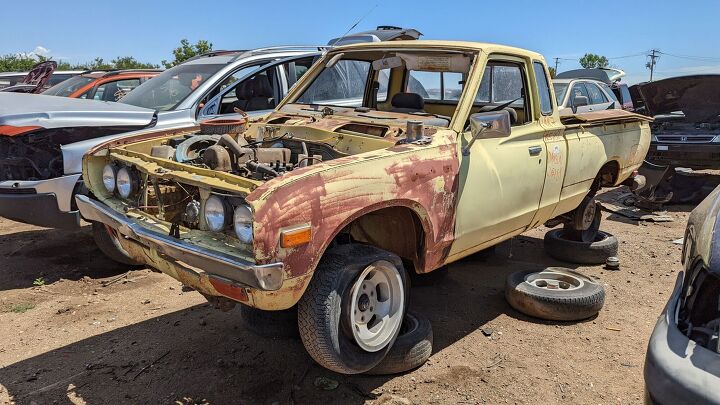

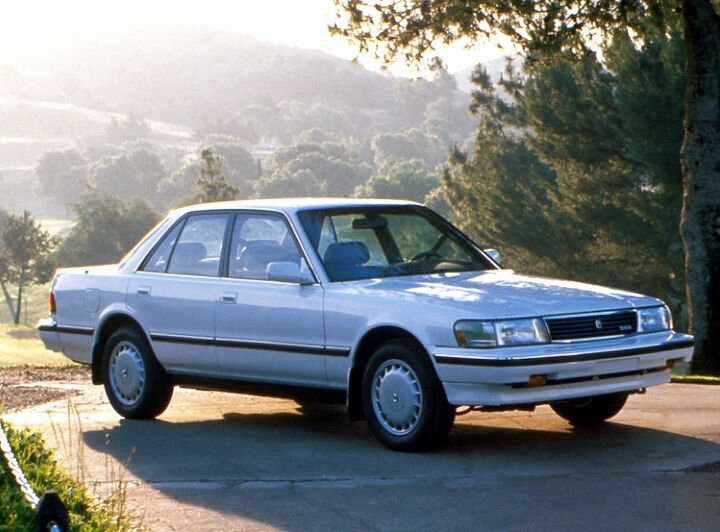


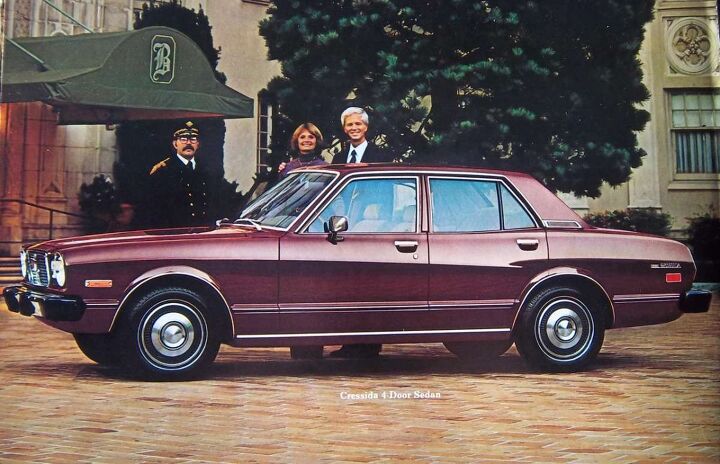
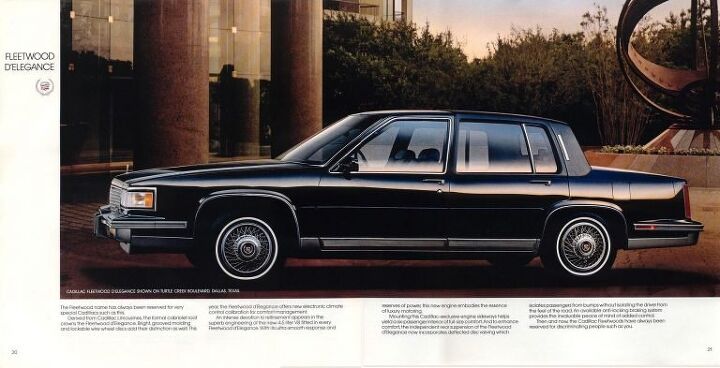

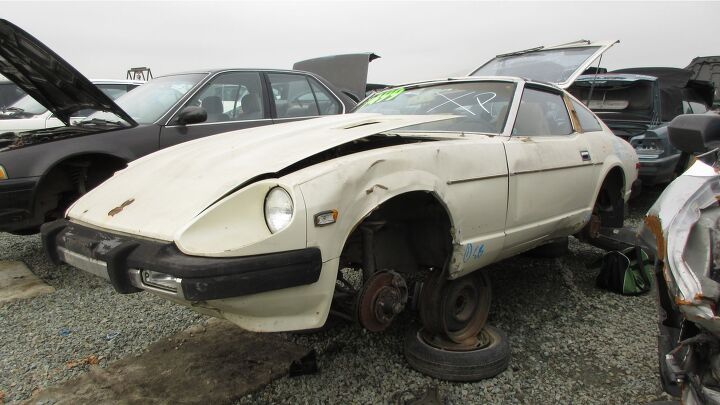
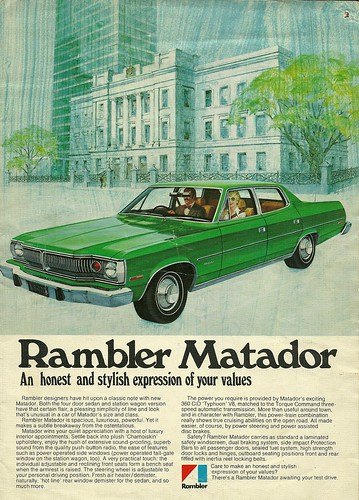

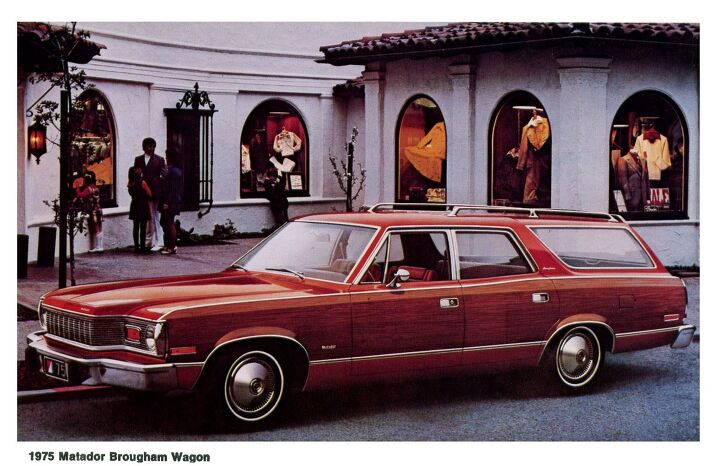















Recent Comments